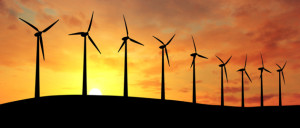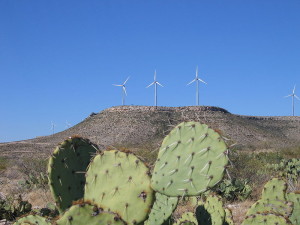In a recent blog post, I reported on the completion of a large amount of CREZ transmission lines – infrastructure that incentivizes the production of wind energy – here in Texas. While the discussion around wind energy is usually around environmental responsibility, it is important not to overlook some of the more salient effects of wind energy – namely, consumer savings.
A recent report by the American Wind Energy Association notes that states that get more than 7% of their energy from wind have seen electric rates go down by .37% over the last five years, whereas all other states have seen a 7.79% increase in electric rates. Luckily, Texas is one of these 11 states that get more than 7% of its energy from wind, along with Wyoming, Oregon, Oklahoma, Idaho, Colorado, Kansas, Minnesota, North Dakota, South Dakota and Iowa.
There’s still more good news to come – as more wind develops in Texas, your electric bill could be lowered even more. Some reports show that when wind provides 14% of electricity, prices drop 10%, and when it reaches 24%, prices decline 15% .
Wind’s not just good for the environment, it’s good for your wallet, too.





